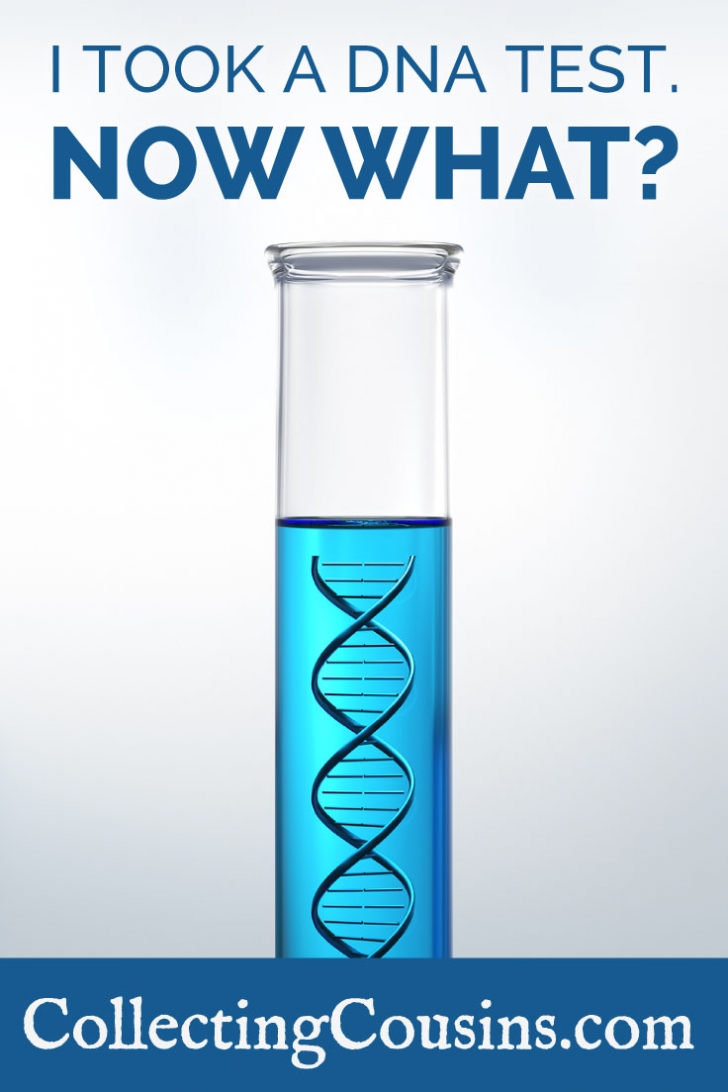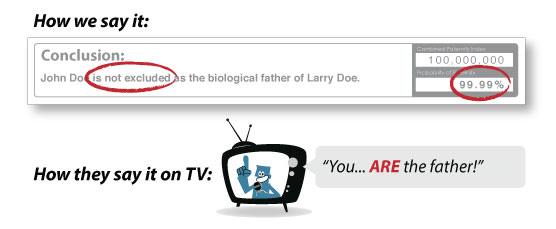Cell-Free DNA Prenatal Screening Test - ACOG


DNA tests can have life-altering consequences, say consumers - The Daily Universe
Paternity Testing: Blood Types and DNA - Learn Science at Fundamentals Explained
Comparing the DNA sequence of a single person to that of another can show if one of them was stemmed from the other, but DNA paternity tests are not presently 100% accurate. Particular series are taken a look at to see if they were copied verbatim from one individual's genome; if so, then the hereditary material of one person might have been stemmed from that of the other (i.
one is the moms and dad of the other). Besides nuclear DNA, mitochondria likewise have their own genetic material called mitochondrial DNA. Mitochondrial DNA comes just from the mother, without any shuffling. Proving a relationship based upon contrast of the mitochondrial genome is much easier than that based upon the nuclear genome.

The Definitive Guide To Cat DNA Tests: What You Need To Know
e., it might not be utilized to evaluate for paternity). In evaluating the paternity of a male kid, comparison of the Y chromosome can be utilized, since it is passed directly from daddy to son. In Answers Shown Here United States, the AABB has policies for DNA paternity and family relationship testing, but AABB accreditation is not required.
A Biased View of Sample requirements for DNA tests - NHS Lothian
Likewise in Canada, the SCC has guidelines on DNA paternity and relationship screening, however this accreditation, while recommended, is not needed. The Paternity Screening Commission of the International Society for Forensic Genes has actually taken up the task of developing the biostatistical recommendations in accordance with the ISO/IEC 17025 requirements. Bio-statistical assessments of paternity need to be based on a probability ratio concept - yielding the Paternity Index, PI.
History [modify] The first form of any type of parental testing was blood typing, or matching blood types in between the child and alleged moms and dad, which appeared in the 1920s, after scientists recognized that blood types, which had been discovered in the early 1900s, were genetically acquired. Under this form of screening, the blood types of the kid and moms and dads are compared, and it can be determined whether there is any possibility of a parental link.

What is a home DNA test kit? - DNA Testing Choice
This frequently led to undetermined results, as 30% of the whole population can be omitted from being the possible moms and dad under this type of screening. In the 1930s, serological testing, which evaluates particular proteins in the blood, appeared, with a 40% exemption rate. In the 1960s, highly precise genetic paternity screening ended up being a possibility when HLA typing was established, which compares the genetic fingerprints on white blood cells between the kid and supposed moms and dad.
